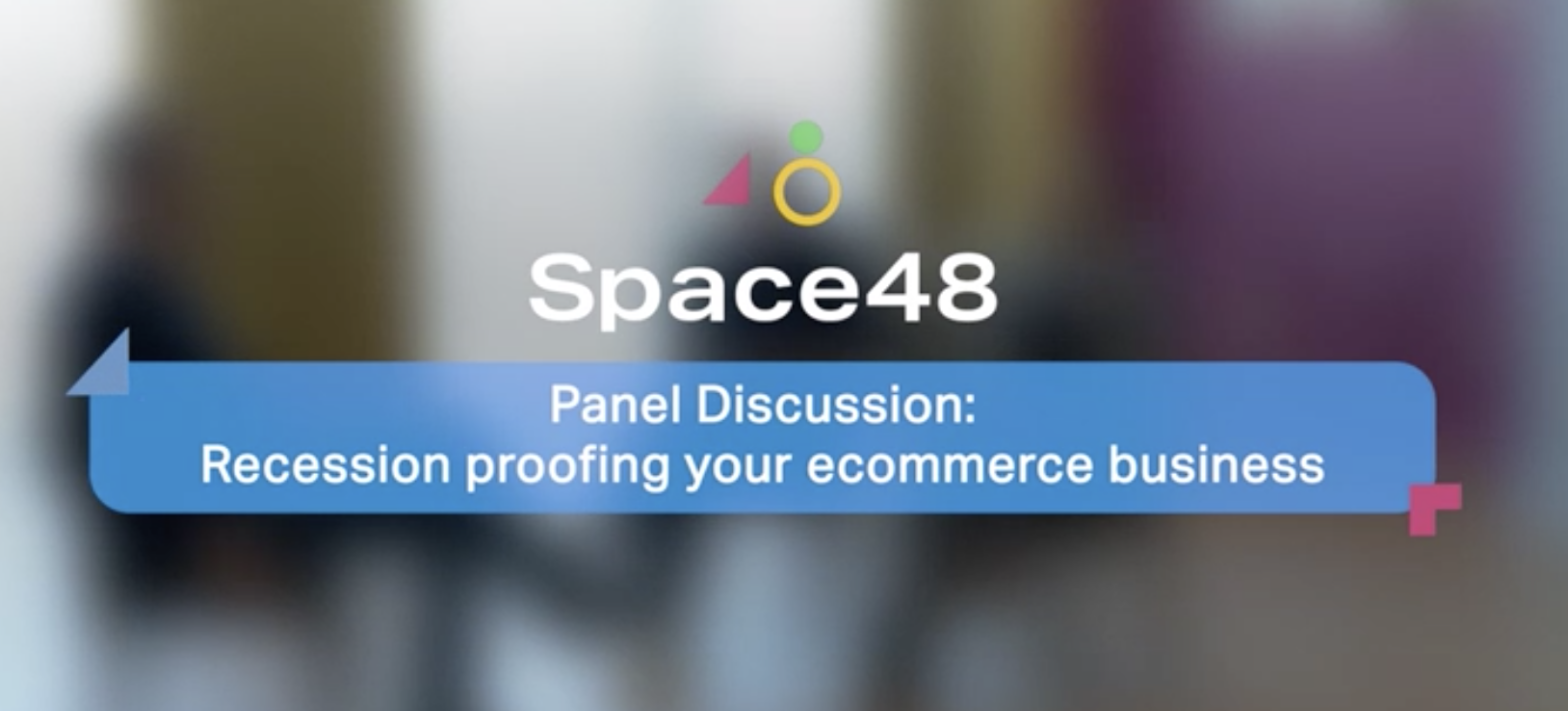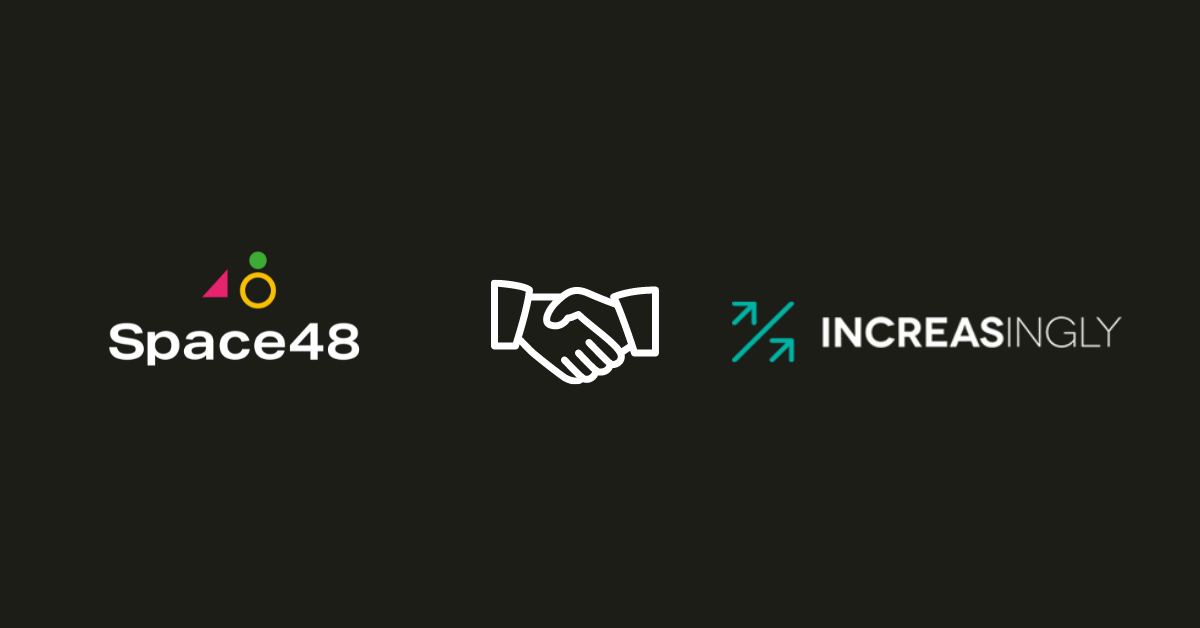
Shopify Unite 2019 Round Up & Announcements
It doesn’t seem like 12 months ago that we were last in Toronto for Shopify Unite, but here we were again and extremely excited to hear what the team at Shopify had in store for us and their merchants a year on.
We’ve been involved in a few Shopify Plus projects since the last Unite and it’s a platform we really enjoy working with – it’s a great option for some of our merchants who just want to trade online with no complications and those who just want to get on with it and do what they do best – sell great products.
So, day 1 at Unite opened with the traditional keynote where several of Shopify’s senior team take it in turns to come on stage and present various statistics and then lead on to what everyone is really there for, the new product and feature announcements. However, I’ll keep you waiting for that and instead, relay back some of the staggering facts and figures that were shared with us.
Shopify now has over 820,000 merchants worldwide using the platform, that’s up from 600,000 in 2017, so they are growing at a staggering rate and it’s easy to see why.
When you take into account all the transactions processed through Shopify, the platform is now the 3rd biggest retailer in the US which is some achievement when you consider where it was only a few years ago, and it’s showing no signs of stopping that rapid growth rate either, given the level of investment being made into developing its core and plus feature sets.
That leads me on nicely to the actual announcements that were made, which is why you’re probably here!
Online store experience enhancements
The online store experience is being enhanced with sections across the online store rather than just the homepage, giving merchants more control over their content creation.
Site content will now be separated out from the theme, so if you change your theme, you don’t have to re-enter the content which is a huge time saver and means you can change the theme more freely now without having to worry about migrating content.
Drafts will allow you to track more changes in a single place and publish them later on and let you share the draft with other people for sign off.
3D/AR
Video galleries and native 3D/AR is being provided out of the box for merchants. AR is such a hot topic at the moment and Shopify is the only platform to offer this natively so this is a game changer. According to Shopify, a customer is twice as likely to purchase when they engage with a 3D model. One of the biggest barriers to this will be getting hold of the 3D models themselves, but there are many 3D modelling companies out there who can help facilitate this and if you have strong relationships with your suppliers, getting hold of the CAD or line drawings should be a good starting point. Check out the Shopify Expert Marketplace if you’re still struggling for assistance with model creation.

Shopify will be using glTF as the format for the 3D models for AR, but for IOS users, they will be supporting USDZ too but will offer a conversion tool to migrate the models over to gITF.
To see a demo of this, check out www.tryit.media on your smartphone and click the 3D cube on the images in the gallery.
Checkout
Shopify has really been focussing on speed and performance in the checkout and has seen a 20% reduction in latency year on year.
Checkout app extensions are coming which means partners and agencies will be able to develop apps to extend the checkout which is great because the Shopify checkout has traditionally been an area which is difficult to customise.
Subscription services will be available within the checkout without the customer having to leave the site. This is being offered via ReCharge and solves a huge headache for many merchants who offer subscriptions.
Finally, the ability to up-sell to customers in the shopping cart is coming, which is a feature well overdue and should push up AOVs for Shopify merchants.
Headless Commerce
Whilst the ability to use Shopify in a headless deployment has been possible for a while, there was a huge focus on headless this year as there has been across the entire eCommerce industry.
We actually got to see real world examples of headless being used. Inkbox, a tattoo designer has been using Shopify in a headless state for a while by making use of the javascript SDK and a custom store front.
Ntwrk is using Shopify’s checkout in a headless deployment via Instagram. They have limited offers which are timed to end and when they’re gone, they’re gone. The transactional element of the sale is done using the Shopify checkout but uses a custom front end.
Headless is not going away, we’re seeing more and more use cases for it now so if you’re not considering it right now, start brushing up on your knowledge, your competitors will be.
Internationalisation
Cross border shoppers now account for 35% of purchases to merchants’ stores so Shopify have invested significantly in this area.
Multicurrency is now available to all merchants having previously been available for Plus merchants, and those merchants using Multicurrency have seen a 60% (yes 60%) uplift in conversion. You can now offer payments in 10 different currencies which converts your prices at the latest exchange rate. Currencies available are GBP, AUD, CAD, EUR, HKD, JPY, NZD, DKK, SGD, and USD.
Perhaps the biggest announcement when it came to Internationalisation was the support for subdirectories in the domain for multi-language. For example, if you want to offer your site in France, you can now setup your store front under domain.com/fr which has significant SEO benefits as you can now retain your domain authority without having to set up separate separate domains or sub-domains.
In Person Commerce (Omni-channel Commerce)
The new Locations feature allows you to track inventory across your various outlets and warehouses in one single view in Shopify, basically providing a mini-warehouse management tool! This also opens up the ability to sell stock from another store in your group.
An exciting announcement on the point of sale (POS) front was the launch of a new tap and chip case giving an Apple-like store experience. This was a chip and pin reader with contactless baked right into the back of the POS device. Not only this, but the Tap and Chip case can be branded with your merchant logo, very cool!

There’s a new cart app extension for loyalty and promotion which means you can use any loyalty points you build up in store, online and vice versa. This is something a lot of loyalty schemes have struggled to replicate but this will now be available through the Shopify POS.
To make all this possible, Shopify have completely re-architected their POS solution, not only giving it a new look and feel, but everything under the hood has changed too. Exciting times for any existing POS merchants who will be able to upgrade later this year through a simple app update, and interesting times for anyone considering using it in the future.
Shipping
The launch of Shipping Profiles now allows you to assign delivery rules and rates by product and location which is a feature much requested by Shopify merchants. Further to this by making use of the fulfilment API, you’ll able to customise even more complex rules.
This is great for those merchants who use drop shipping as a fulfilment method – you’ll now be able to specify specific products you want to drop ship.
Orders
This next announcement, you might not believe is actually happening so you might want to sit down for this one…….
**ORDER EDITING IS FINALLY AVAILABLE**
A feature that was first requested back in 2014 on the Shopify support forums has finally made it to fruition. It’s a complicated area to tackle and has so many permutations that it makes sense why it’s taken so long to appear. The feature will allow a merchant to make changes to an order before it’s shipped, including request additional payment if the customer has changed their mind about an item and wants to swap it for a more expensive product, or if they change their mind about their shipping preferences. This feature will also be available via the API which means 3rd party apps can make use of the facility. At the time of writing, no detail has been provided on the way invoices and credit memos would be affected, obviously amending invoices in the UK is an issue but we’ll keep an eye out for this and provide more information as and when it is released.

We thought this was the highlight of the announcements but we were wrong, carry on reading to find out what not only trumped this, but completely hit it out of the park.
But first, changes to Shopify Plus are on their way.
Shopify Plus
The Plus platform has been significantly overhauled and now offers a host of features designed to make a merchant’s live so much easier. No longer will you need this kind of view if you have multiple stores:

If you’re a merchant with several stores, when you get access to the new Plus interface, you’ll be in for a nice surprise. You’ll now have a single login now for all your stores without having to log in and out or select your store from a drop down.
The new dashboard you’ll see will give you aggregated insights across all your store fronts, so if you sell in France, Germany, America and the UK, you’ll get aggregated sales data which you can drill down into if you want to just view a single store.

Store creation and management of those stores is now a lot easier. It’s made store creation a self service function, there is no longer any need to go through an account manager so merchants can quickly spin up a new store and trial expansion into a new territory for example. It also means you can quickly setup a development store for testing.
This centralised view of all your stores means you can now:
- Manage all user and staff accounts centrally and pick which stores they’re assigned to.
- Setup global workflows for all stores in one go
- Have global customers
What’s New For Developers?
Shopify have made big steps towards making apps easier to build via a command line interface (CLI) and the experience for developers to get up and running with an environment is now really straightforward.
The new app CLI is open source and if you execute the following commands, you can get started right away:
Shopify create project exchange-magic
Shopify create dev-store
Shopify populate products
Shopify serve (lets you get started right away)
The Shopify app bridge is also new to developers and supports NFC and barcode scanning. To find out more about the App Bridge, check out Shopify’s API and SDK page
Shopify are making apps faster too through the use of GraphQL as it allows developers to request exactly what they need rather than making requests for everything. Fewer requests equal a faster app. For example, you could look at 11 API calls with REST vs 1 with GraphQL.

Going forward, Shopify APIs will only be released in GraphQL so get brushing up on this if you want to stay in the game.
Shopify are also committed to make apps more stable and from July, the store front and checkout API will be versioned. New versions will be released every quarter and old versions will be supported for 12 months. You can find out more about API versioning here.
That’s it for all the significant announcements at the Keynote, there wasn’t much else of interest really. Oh wait a minute, I forgot one…
The Shopify Fulfilment Network
The reaction in the room when this was dropped was incredible, nobody saw this coming. Even the Shopify employees only found out about it the night before via an email so it’s been under wraps for a long time. How they managed to keep this a secret is unbelievable but it was certainly worth the wait.
Basically, Shopify have announced that they are going to be assisting merchants with their fulfilment across the US by opening up their own fulfilment centres. This means that Shopify merchants can hold their stock in several locations around the US and when they receive orders for them, Shopify will automatically decide which fulfilment centre can deliver it and automatically dispatch it. Does this sound familiar? It should do, Amazon have been doing it for years with their FBA service, but this is going to be native in Shopify! If you’re a Shopify merchant, you should be very excited by this, it’s game changing and will bring 2 day delivery to the US market, something most merchants struggle with in the US.
This isn’t just for the larger merchants too, it’s for merchants of all sizes. As long as you’re sending out a minimum of 10 or a maximum of 10,000 packages a day you will be able to use the service. This will eventually drop to 3 packages a day at the lower end and 30,000 at the higher end once the network is fully established.
To find out more about this, checkout shopify.com

That really is it for the key announcements this year, but there were so many of them, you’d be spoiled with anymore. However, it just goes to show the level of investment Shopify are making into their platform and it’s now making it a very attractive option for merchants who are looking to re-platform.
If you’re still unsure about what might be the best platform for you, we’d love to discuss this with you so drop us a line today, or contact myself at @peterobertshaw on Twitter or email me at [email protected]





